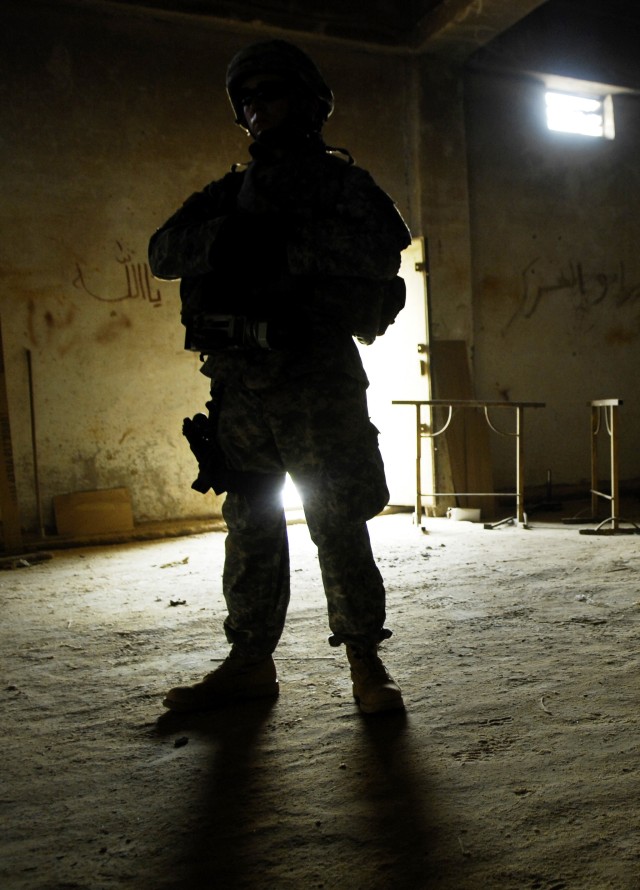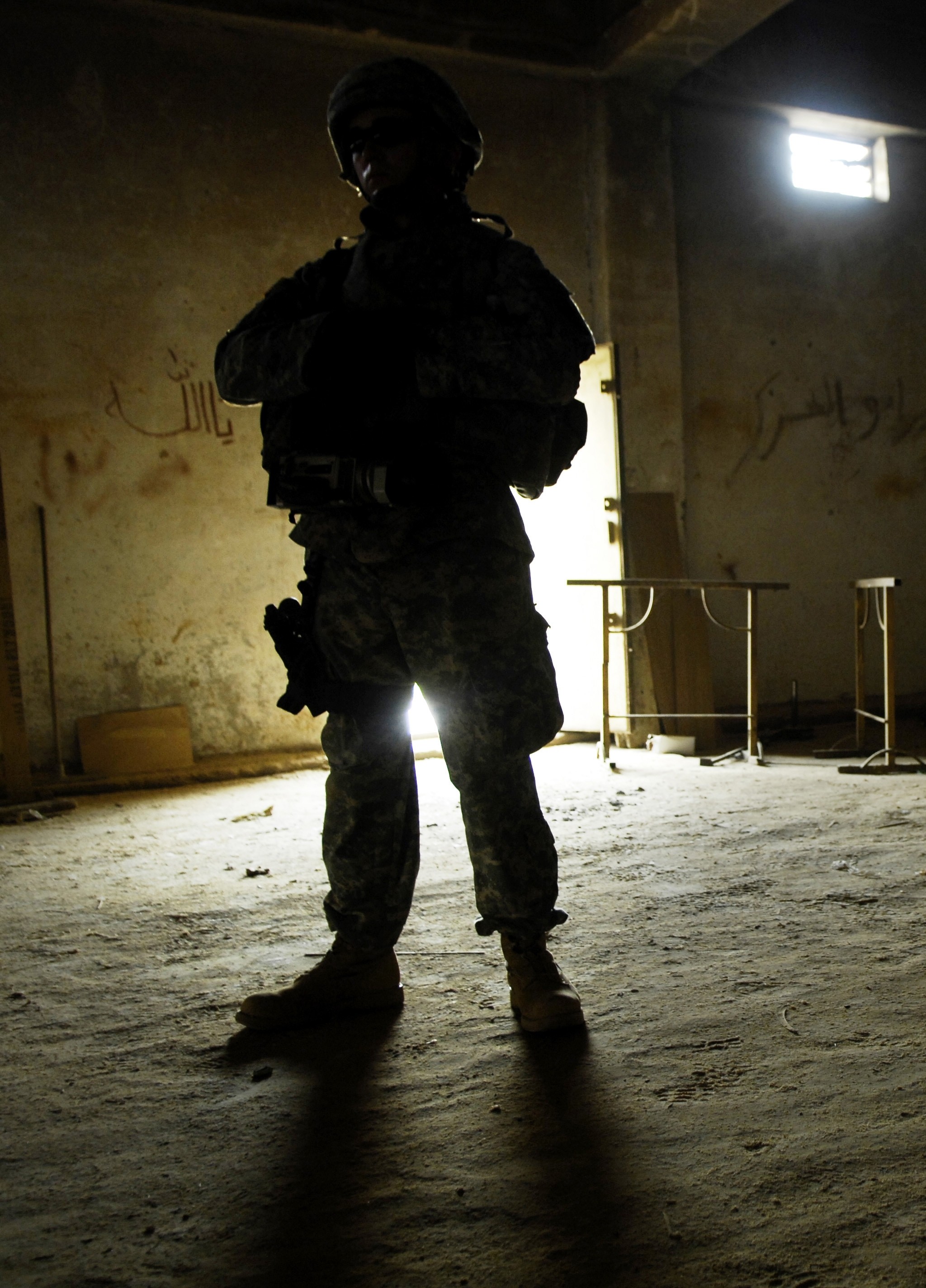
WASHINGTON (Army News Service, Aug. 16, 2007) - An Army study released today indicates that during calendar year 2006 Soldier suicides reached their highest level since 1980.
Produced by the Suicide Risk Management and Surveillance Office at Madigan Army Medical Center, Fort Lewis, Wash., the 165-page 2006 Army Suicide Event Report lists 99 deaths by suicide, with 27 of the deaths occurring in Iraq and three in Afghanistan. There were also 948 of what the report terms "serious attempts at suicide."
While the vast majority of the "completed suicides" in 2006 involved males, 10 of the victims were females, the report said. Seventy percent of the Soldiers were under 25, 98 percent were enlisted and 91 percent were from the regular Army. And while the suicide methods included drug overdoses, strangulation and poisoning, the vast majority - 71 percent - involved firearms.
The report was compiled from data submitted by units throughout the Army. Submission of such data is required for all suicide-related behaviors that result in death, hospitalization or evacuation, said Col. Dennis W. Dingle, the Army's director of human resources policy.
The information contained in the report is important, Col. Dingle said during a news conference following the report's release, "because the loss of any member of the Army family is a tragedy, and the Army has made the prevention of suicide a top priority." By analyzing the causes and outcomes of each attempted or completed suicide, he said the Army is better able to tailor its suicide-prevention programs and provide at-risk individuals with greater access to the service's considerable behavioral- and mental-health resources.
While the Army has looked very closely at the effect deployment and sustained combat operations may have on the number of attempted and successful suicides among Soldiers, no direct relationship among deployment, combat and suicide has yet been found, said Dr. (Col.) Elspeth C. Ritchie, behavioral health psychiatry consultant to the Army's Surgeon General, speaking at the same news conference.
She pointed out that while the report lists a number of reasons for the completed suicide attempts - ranging from financial problems to previous mental illnesses to having seen direct combat - failed marital relationships account for 55 percent of what the study terms "completed suicides" and 40 percent of the attempted suicides.
"We know that repeated deployments put a real strain on relationships, so we believe that part of the (2006 increase in suicides) is related to the increased stress on relationships," Col. Ritchie said. "That's part of the reason why such Army programs as 'Strong Bonds' are intended to reinforce and strengthen marriages and other intimate relationships."
The Army's suicide-prevention program has been in place since 1986, Col. Dingle said, but in 2006 the Army formed an additional team comprised of functional experts from the Office of the Surgeon General, the Office of the Chief of Chaplains, the National Guard, the Army Reserve and other organizations to help fully integrate the Army's suicide-prevention efforts.
By continuously gathering and analyzing data such as those contained in the report, he said the Army is able to continuously improve and adapt its training, intervention and support programs.
Among those programs are mental-health assessments conducted for Soldiers before, during and after deployments, as well as continuous reports provided by deployed mental-health assessment teams, Col. Ritchie said.
"We are now collecting data not only on every completed suicide, but also on every serious suicide attempt," she said. "We're looking at a number of factors, (such as) the stressors on the Soldier, the motives, and the methods by which the Soldier either attempted suicide or succeeded. We looking at age and gender, and we're taking the results of this information and putting it back in our training and education programs."
The Army is also committed to increasing access to care for both Soldiers and their families, Col. Ritchie said.
"Not only are we working to reduce the stigma that is often attached to seeking mental-health care, we're working very hard to increase the number of people who provide that care." She pointed out that the Army is currently seeking to recruit at least 250 additional mental-health professionals, though she acknowledged that in that effort the Army is competing directly with both the Department of Veterans Affairs and civilian health-care organizations.
Despite the many challenges associated with assessing and monitoring Soldiers' mental health both in garrison and while deployed, and the continual need to adapt education and care initiatives to fit ever-changing needs, Col. Dingle emphasized that the Army is committed to providing its Soldiers the best possible mental-health assessment and care.
"Soldiers and their Families are our first priority," he said. "The Army recognizes the importance of this issue, and is taking deliberate steps to mitigate those risks that may contribute to suicidal behaviors. Our prevention efforts help our Soldiers and their families deal with the challenges they face every day. Our Soldiers and Families are resilient ... and the Army is committed to enhancing that resilience."
Additional information on Army mental health and well-being programs is available at <a href="http://www.behavioralhealth.army.mil"target=_blank> www.behavioralhealth.army.mil</a>.

Social Sharing